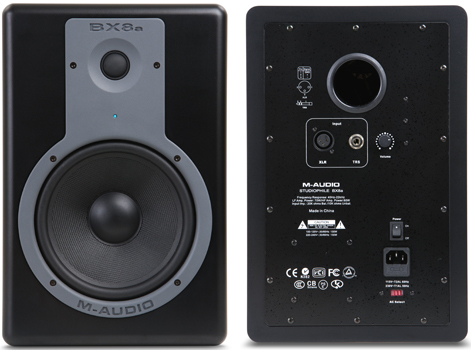Many sounds, one speaker
 Recordings that get played speakers can be very detailed, consisting of tens or hundred of distinct sound sources, each of which contribute a continuum of frequency components. Yet there is only one speaker. How is it possible for a single speaker to faithfully reproduce complex sounds?
Recordings that get played speakers can be very detailed, consisting of tens or hundred of distinct sound sources, each of which contribute a continuum of frequency components. Yet there is only one speaker. How is it possible for a single speaker to faithfully reproduce complex sounds?
This section requires Javascript.
You are seeing this because something didn't load right. We suggest you, (a) try
refreshing the page, (b) enabling javascript if it is disabled on your browser and,
finally, (c)
loading the
non-javascript version of this page
. We're sorry about the hassle.
The principle of superposition much of the work in this situation. The sound amplitudes add up to form a resultant and it suffices to play that.
To get back the individual waves, you need to do a fourier transform.